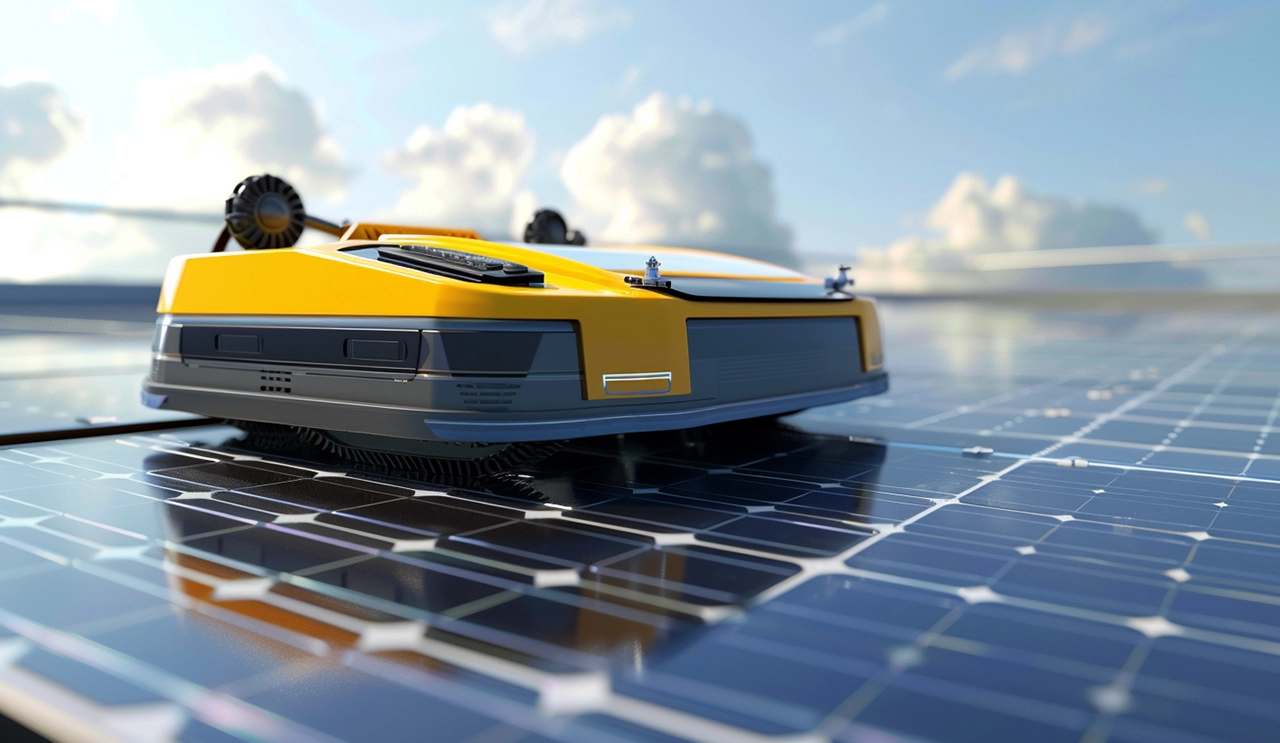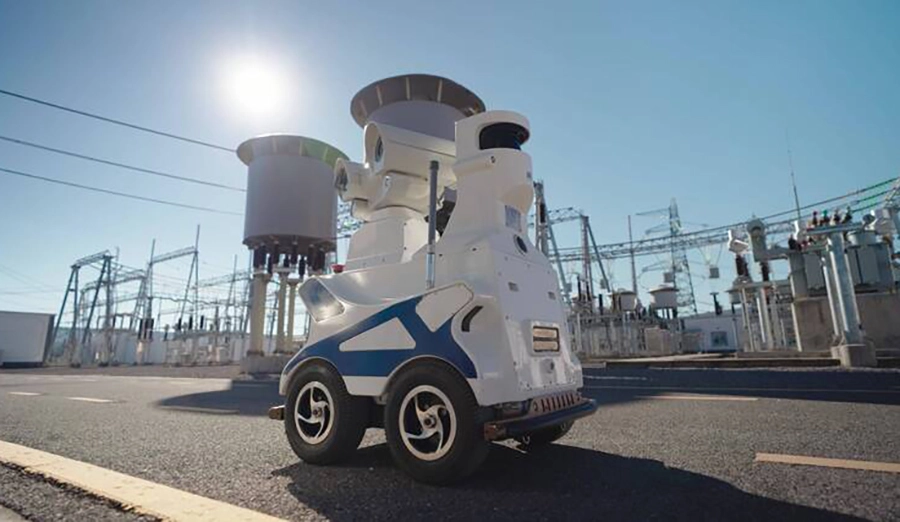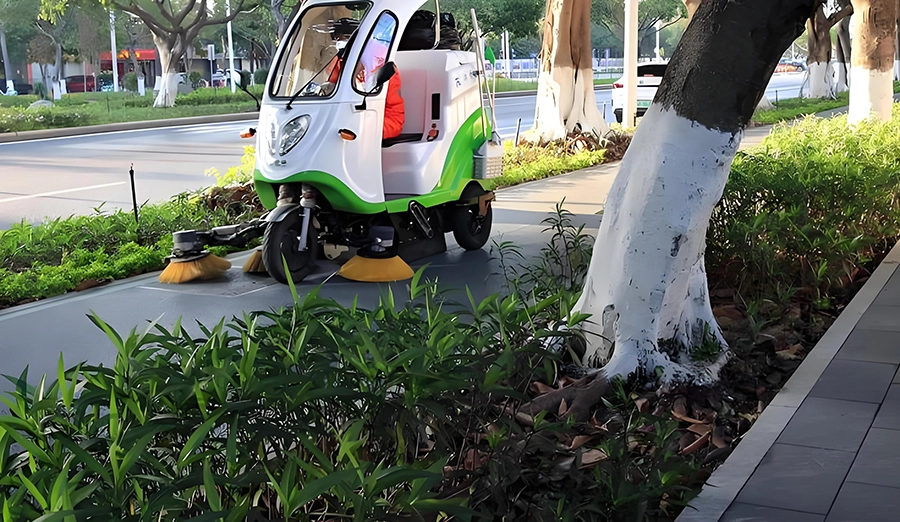
WIRELESS CHARGING IN THE NEWS
In high-intensity operation scenarios such as unmanned forklifts, the implementation of high-power wireless charging modules (3-20kW level) faces multiple technical bottlenecks, and it is necessary to balance core issues such as efficiency, safety and cost.
The contradiction between energy efficiency and thermal management is particularly prominent. When the power exceeds 6kW, every 1% decrease in the electromagnetic conversion efficiency will generate more than 60W of concentrated heat, and the sealed design required by the IP54 protection level greatly limits the heat dissipation capacity. The traditional air cooling solution is difficult to be effective. Although forced liquid cooling can control the temperature, it affects the flexibility and payload of the forklift by increasing the module weight by 40%. This heat loss simultaneously intensifies the high-temperature demagnetization risk of magnetic materials. Ferrite cores exhibit magnetic performance attenuation near 120℃, further reducing system efficiency.
Dynamic misalignment adaptation and electromagnetic safety need to be broken through simultaneously. The actual parking accuracy of forklifts is usually within ±50mm, exceeding the 10% offset tolerance upper limit of traditional coils, directly causing an efficiency loss of more than 30%. Expanding the coil size will weaken the power density and increase the cost, while the multi-coil switching scheme significantly increases the complexity of the control logic. What requires more vigilance is that industrial high-power electromagnetic fields can interfere with the operation of surrounding equipment. The electromagnetic intensity in the 10-150kHz frequency band generated by the 20kW system often exceeds the limit value of the GB/T 30148 standard, posing potential interference to AGV navigation systems and sensor networks. There is also a risk of induced heating in adjacent metal components.
Space occupation and cost constitute systemic obstacles. The vehicle-end receiving module needs to occupy a ground clearance of 10 to 15cm, forcing the maximum lifting height of the forks to decrease by approximately 8% and altering the distribution of the vehicle's center of gravity. Technical costs have become a more severe obstacle. The combined cost, including high-power semiconductor devices (such as GaN/ silicon carbide), customized shielding structures, and precise positioning systems, is more than four times that of contact charging solutions. Even if the later maintenance costs are reduced through modular design, the excessively high initial investment remains a hard threshold for large-scale deployment.
The solution lies in the coordinated advancement of multiple technologies: By applying gallium nitride devices to increase the switching frequency to the MHz level, the switching loss can be reduced by 30%. UWB positioning combined with adaptive impedance matching can maintain an efficiency of more than 85% within an offset range of ±80mm. In terms of structural design, the technical route of pre-embedding the transmitting coil into the floor can avoid the problem of space occupation. At the current stage, although these technologies are still in the engineering verification period, they have provided a practical and feasible evolution direction for the "invisible energy network" of unmanned devices.







